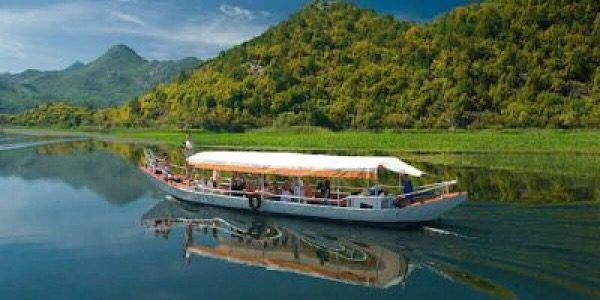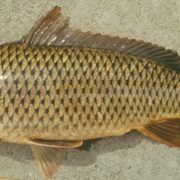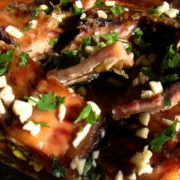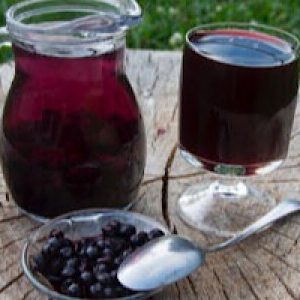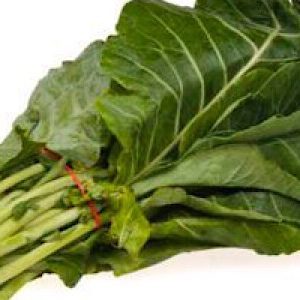Product Description
Skadar Lake is the biggest freshwater basin in the South East Europe. Located in the midst of carst Dinaric mountains, it has for centuries been a source of food and water for various civilisations that inhabited this region. The preserved freshwater habitats and long historic heritage prompted Montenegrin government to protect this region as a national park, in order to preserve those natural and cultural values for the posterity.
Fishing has always been one of the main occupations of local population, so there is a long tradition of catching and preparing fish from Skadar Lake. All along the southern coast of the Lake, there are remains of many small fishermen settlements, where people would gather to fish collectively, manage big catches and preserve the fish by salting and drying.
The village of Vranjina is currently the only place where fishing remains the main occupation of the locals. There are families with generations of fishermen, who still live from what they catch in the Lake, and who are proud of their tradition. They catch fish in traditional manner – using small wooden boats of specific shape and gill nets, whose use requires lots of skills and knowledge.
The most commonly caught fish are carp, bleak and eel, but some other species are also caught and valued.
Skadar Lake carp in consumed in several ways – deep fried in vegetable oil, grilled, roasted with dried fruits. It can also be preserved by smoking on the fire, and then marinated in oil with garlic and herbs. In all of these cases, only the freshly caught carp from Skadar Lake is used. It is specific because this is the only place where carp lives in natural conditions, in clear and not muddy freshwaters, where it feeds on natural food sources, and is caught straight from its wild habitat.
Preparation:
There are four main ways Skadar Lake carp is prepared:
-
Deep fried – fresh carp is cut into thick bell-shaped pieces, salted and then deep fried in hot oil for some 10 minutes until golden and crispy on the outside. It is served with potato salad.
-
Roasted carp – carp is slightly grilled and then placed in a shallow clay baking tray. In the meantime, sauté the onions on the olive oil and add dried fruits – prunes, apples, apricots, quince. Mix that with fresh orange juice, pour over the fish and bake for about an hour on medium heat.
-
Dry smoked carp is chopped in chunks, and soaked in the mixture of oil, white wine, lemon, onion, garlic, bay leaves and herbs. The mixture is then simmered on low heat for 6-8 hours.
There is more traditional way of preparing the carp. But a little bit exotic version is “krap u tavu”, meal made of fish, vegetables and a several sort of fruits-apple, quince and dried plums. Combination of vegetables and fruits neutralize the specifictaste of this fish, which might be stronger in the summer. With such a mix, the meal becomes softer, camouflaged with seasoning, but still balanced and preserving the authentic taste of the fish.
For preparation:
-
Carp (approximatelly 3kg)
-
1-2kg of onions Many onions (about two third of carp’s weight)
-
Dried plums
-
Salt
-
Wine vinegar
-
Red chilly pepper
-
Tomato sauce
-
Flour
-
Sugar
You have to put a portion of carp to fry in oil. Prepare a sauce of vegetables and fruits before you start frying.
The first step is to braise pieces of onions with oil and after onion turn gold-brown add three spoons of flour, one spoon of red-hot chilly pepper and five spoons of tomato sauce.
When it all comes together, add water and a quarter of dried plums that were previously dried in hot water. Then you can add the rest of fruits-sliced sour apple, quince, spoon of sugar and in the end few spoons of wine vinegar. Salt by taste. With such a mix pour the baked carp and altogether roast it for an additional 30 minutes. Meal is more tasty if put in crepulja, under the sach.
Skadar Lake is the biggest freshwater basin in the South East Europe. The preserved freshwater habitats and long historic heritage prompted Montenegrin government to protect this region as a national park, in order to preserve those natural and cultural values for the posterity.
Skadar Lake carp in consumed in several ways – deep fried in vegetable oil, grilled, roasted with dried fruits. It can also be preserved by smoking on the fire, and then marinated in oil with garlic and herbs. In all of these cases, only the freshly caught carp from Skadar Lake is used. It is specific because this is the only place where carp lives in natural conditions, in clear and not muddy freshwaters, where it feeds on natural food sources, and is caught straight from its wild habitat.

